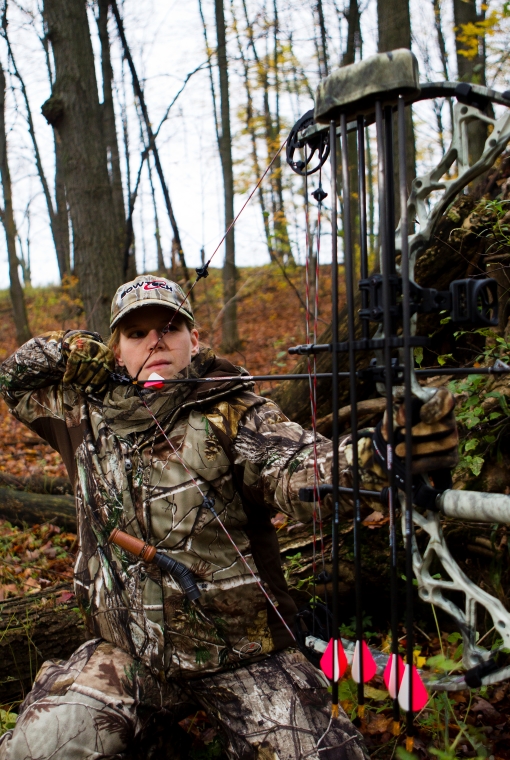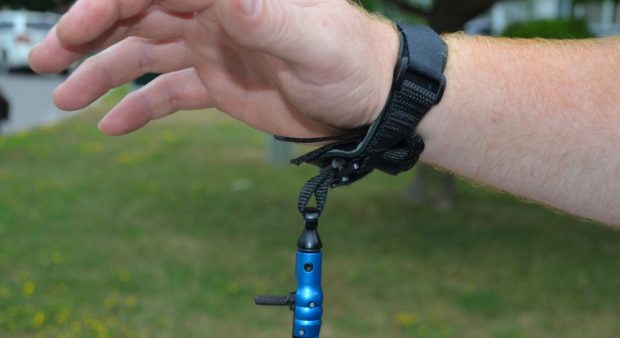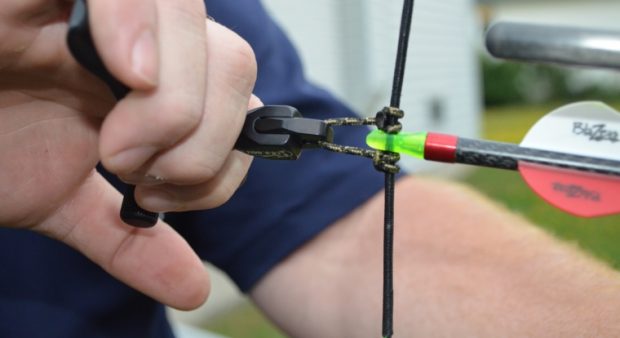
Archery is a game of human consistency. Archers who choose to shoot with a release aid are trying to minimize human error.
When used correctly, a release aid removes inconsistencies we get when letting the string go while using a finger tab or shooting glove. Two types of release aids are used for hunting: the wrist strap and the hand-held. Each has its advantages, but only one will be right for you. Which one that will be depends on a few factors.
Wrist strap
Without a doubt, wrist-strap release aids are the most popular for hunting. In general, you’ll be able to pull a little more poundage with a wrist strap release, so if you’re only able to pull the minimum hunting draw weight, this release is your best choice.
Conveniently, you can put a wrist strap release on before the hunt starts, and take it off at the end of the hunt. And since you’re wearing it, you won’t lose it walking in or out.

Even entry-level aids are a lot more consistent from shot to shot than a finger tab, however the more inexpensive release aids have very little adjustability. Length of pull and trigger tension are fixed and you have to adjust yourself to them. Although that may work for some people, it’s not ideal for the majority of hunters.
For accurate shooting, it’s important that your trigger finger curls around the actual trigger without stretching to reach it, and the curl allows you to execute a slow and steady shot. Adjustability in the length of pull allows you to fit the release aid perfectly to the size of your hand and wrist.
Adjusting tension
Remember, when drawing a bow, there will be quite a bit of tension on the release. Make the length of pull a little shorter than you think you need. When you actually pull the bow back, the release aid will be pulled slightly against your wrist and the trigger will be in the right spot.
Adjustability in trigger tension is also important. Proper shot execution with a bow is no different than with a rifle: you want the shot to go off as a surprise. Take several test shots and play around with the adjustment (using an Allen key) to find the tension that works best for you. Trust me, it’s worth the effort. A properly fitted and adjusted release aid will make all the difference in the world to your grouping abilities.
Finally, you have to decide between a hook-and-loop fastener (Velcro style) or buckle-strap style. Some like the adjustability of the hook-and-loop system, and others prefer the strength of the buckle strap. Over time, the hook and loop will wear out with enough use. Some feel the buckle strap is cumbersome when multi-tasking, and awkward for right-handed archers to attach using their left hands, especially in the dark at five in the morning.
Handheld aids popular
Handheld release aids are triggered with your thumb instead of your index finger. They are becoming more popular every year. They’re also gaining traction with tournament archers, as they can compete and hunt with the same type of aid.
The main advantage of the hand-held release is the ability to anchor the back of your hand on the side of your face. Placing a knuckle on a certain part of your face increases your consistency even further.

There are however, a couple of disadvantages to a hand-held release. First, it doesn’t take much to bump the trigger while it’s attached to the “D” loop, causing the release to fall to the ground, possibly from tree-stand height. Retrieving it will create commotion and noise, neither of which you want when hunting. For ground blind hunters, this is a non-issue.
Second, a hand-held release can be lost walking in and out of the hunting area. If that’s several hundred yards, it’ll be tough to find.
Try before you buy
Release aids work well for helping hunters increase their consistency. Finding which works best for you is just a matter of going to a reputable archery shop and shooting some arrows with each style before settling on one.
Originally published in the Nov.-Dec. 2019 issue of Ontario OUT of DOORS magazine






Leave A Comment